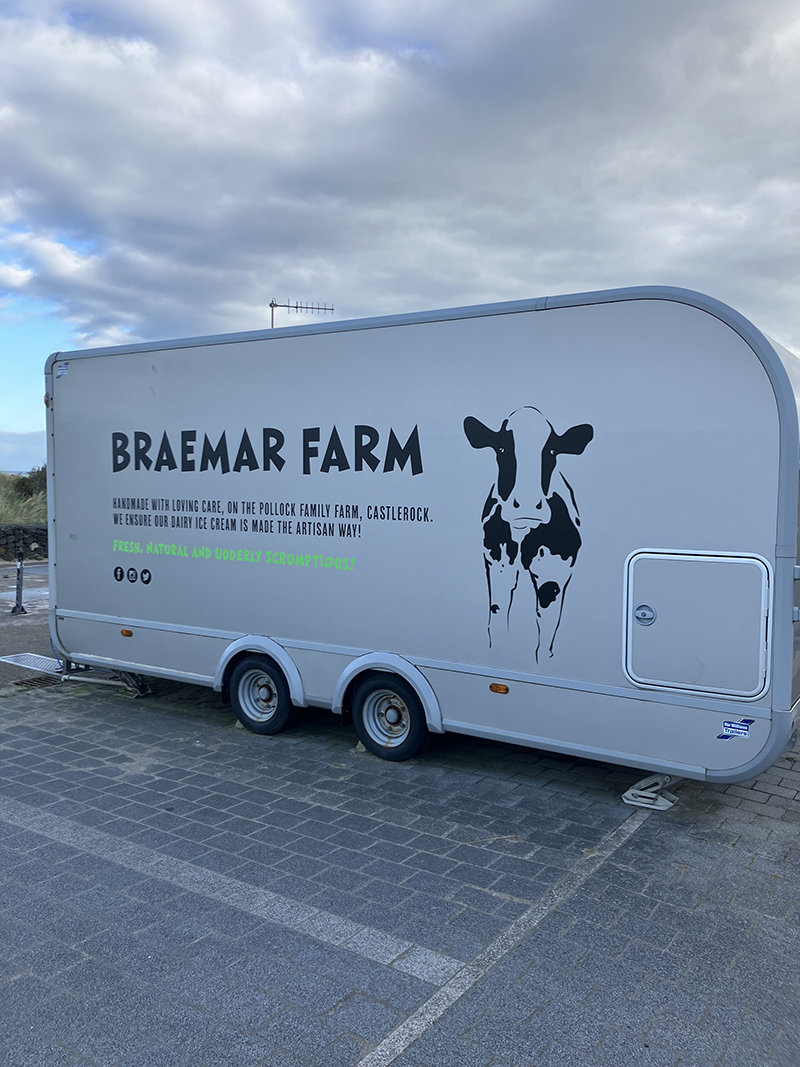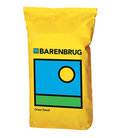A Question of Grass
What’s the biggest long-term investment you can make on your dairy farm?
Short of buying the farm itself, it’s likely to be your grass. Think about it: any fields you reseed in autumn will provide 4 or 5 years of grazing, and perhaps as many as 20 cuts of silage. If your production plan relies on maximising milk from forage, then getting that grass right will probably have a greater effect on your bottom line over the next 5 years than any other change you can introduce – including genetics.
That’s the attitude adopted by farmer Ian Pollock. Nestled at the foot of the Binevenagh headland in Northern Ireland, a short leap from the famous Giant’s Causeway, Braemar Farm’s 150m elevation ensures a high annual rainfall. Great for growing grass, not so great for managing the growing grass across its 360 acres.
But manage it he does: the farm is now in its third generation of family ownership. Ian’s father Jim still helps out where he can, but Ian and his wife Ruth handle the farm’s day-to-day management.
Ian’s goal? As much milk as possible must come from forage. That not only keeps production costs low by avoiding bought-in feeds, but also adds ‘home-grown’ appeal to the farm’s side hustle, ice cream.


Ruth’s been making ice cream at Braemar Farm for nearly 20 years, creating a range of whacky flavours – mulled wine and cinnamon at Christmas for example, and an attention-grabbing Cowpat variety – that have attracted a loyal following in the region, while opening up a valuable income stream independent of liquid milk.
Ian says his ‘max grass’ strategy works well: the farm’s 150 autumn-calving cows yield around 9,000l on average. While the high rainfall presents a management challenge, Ian’s approach – cutting swards before cattle are grazed through a rotational paddock system – appears to generate good results, although 2024 saw the milking cows stay indoors following a poor spring. Typically, Ian takes up to 4 cuts of silage each year, making around 3,000 round bales in season.
An important part of Ian’s grass strategy is re-seeding. His policy is to target around 25 acres per year. Acknowledging that it’s below the ‘magic’ 10 per cent figure recommended by grass experts, he points out that with no clover on the farm he has an easier job to control weeds – perhaps allowing him to eke out a ley for another year or 2.
It’s a big decision to undertake a reseed, not least the choice of mixture and the varieties within it. Once it’s in the ground, it’s there for a few years; a grower’s got to ‘run with it’, as it were. Ian says he learnt this with a previous reseed, finding out only when the grass was growing that it lacked both persistency and palatability.
But since 2015 Ian has used BarForage Combi, one of Barenbrug’s most popular mixtures. He’s been impressed by its performance, undersown into wheat in the spring.
“It has excellent spring growth, which allows us to get a high-yielding, high-quality first cut early in the season, with a good bit of fibre – a win-win for our system. This favours our policy of pre-cutting, allowing a quick turnaround for paddock grazing because it leaves a very clean grass sward.
“The persistency that was lacking in the earlier mixture is not a problem with BarForage. Dense and durable, it stays in the ground without becoming open,” he points out.

The Bar Combi mixture has been designed to provide season-long production: in addition to the early spring growth, it also offers reliable growth well into late summer. “What we like about it is how easily managed it is, despite our challenges with rainfall,” says Ian. “By including varieties with tight heading dates, getting our 3-4 cuts is very achievable.”
David Linton, Barenbrug’s Agricultural Commercial Manager, says Bar Combi’s recent inclusion of Strangford, an intermediate diploid perennial ryegrass, has helped Ian see additional benefit from his favoured mixture. Ian’s first experience with Strangford was in 2023, when he sowed 30 acres as part of the annual reseed.
“One of our outstanding varieties from the AFBI-Barenbrug breeding partnership, Strangford is one of those varieties that produces both quality and quantity.
“Despite appearing on the Recommended List for Scotland only 4 years ago, its large volumes of forage from first-cut yields and very good early grazing have quickly seen it become a very important variety for Scottish and Northern Irish livestock producers.
“Ian’s own experience goes to show why that’s the case.”






